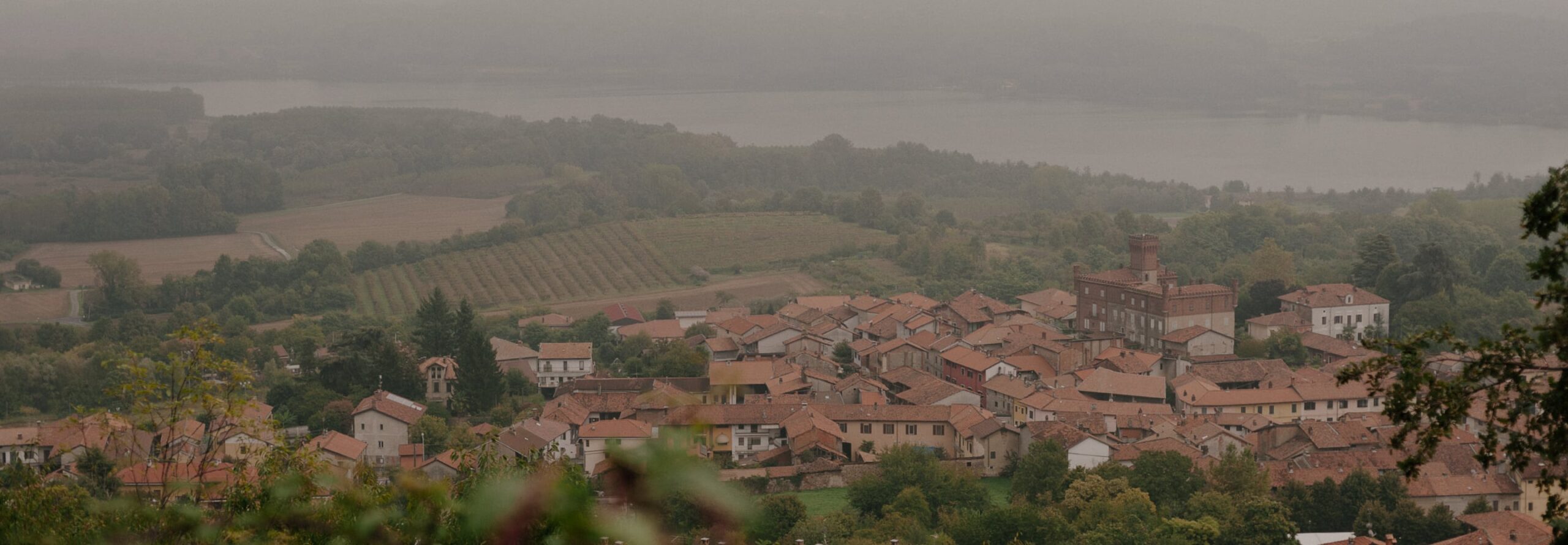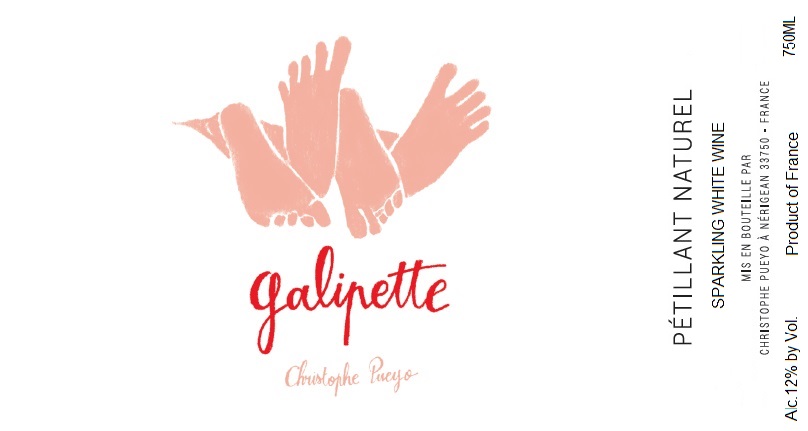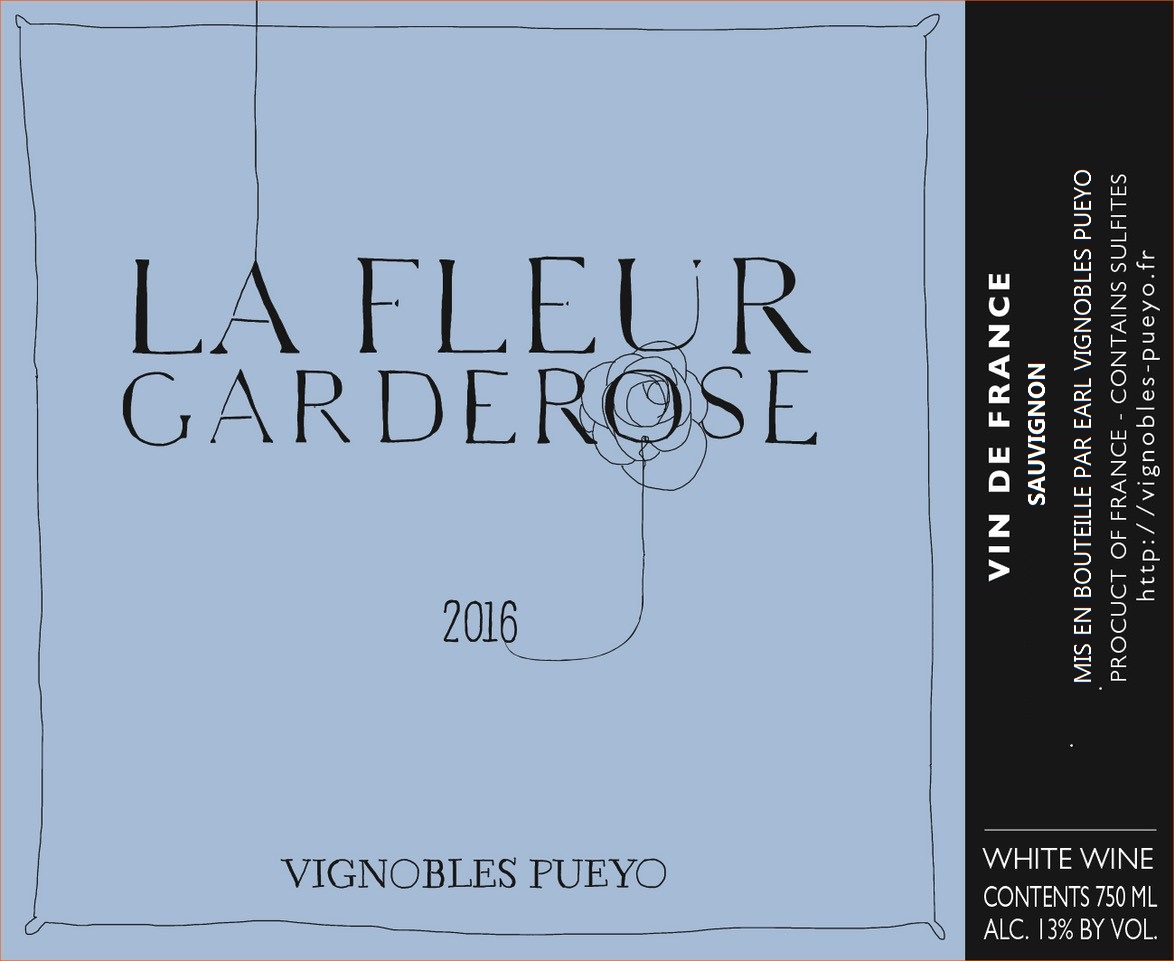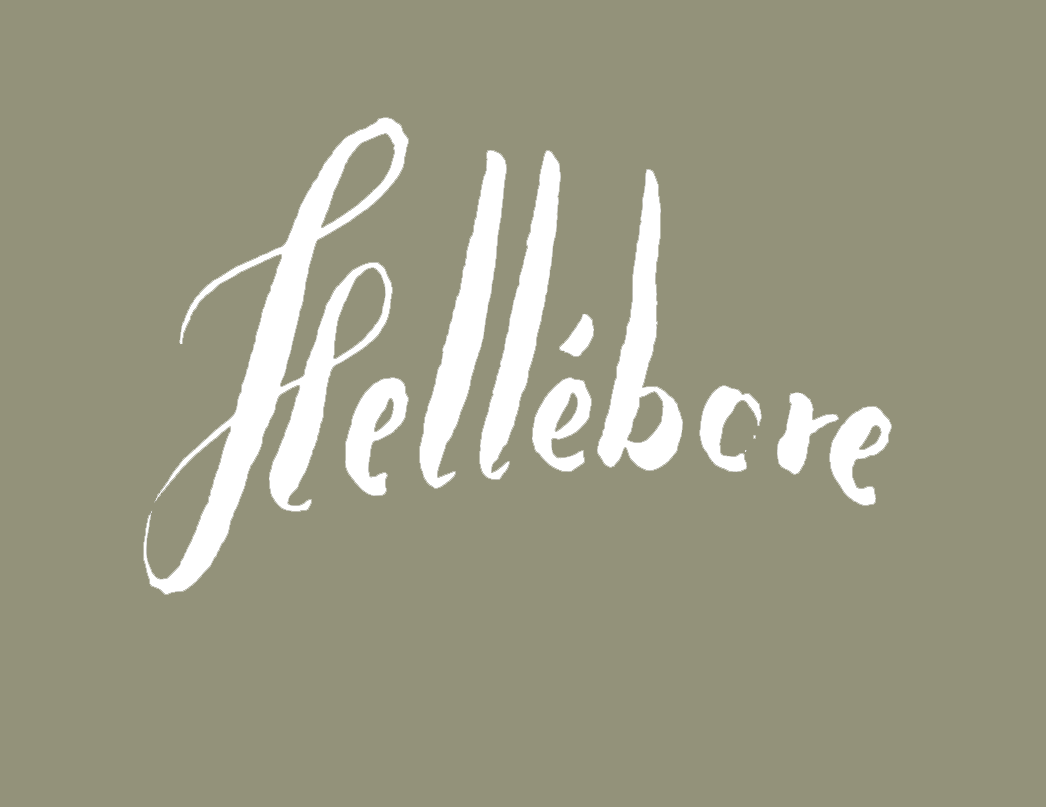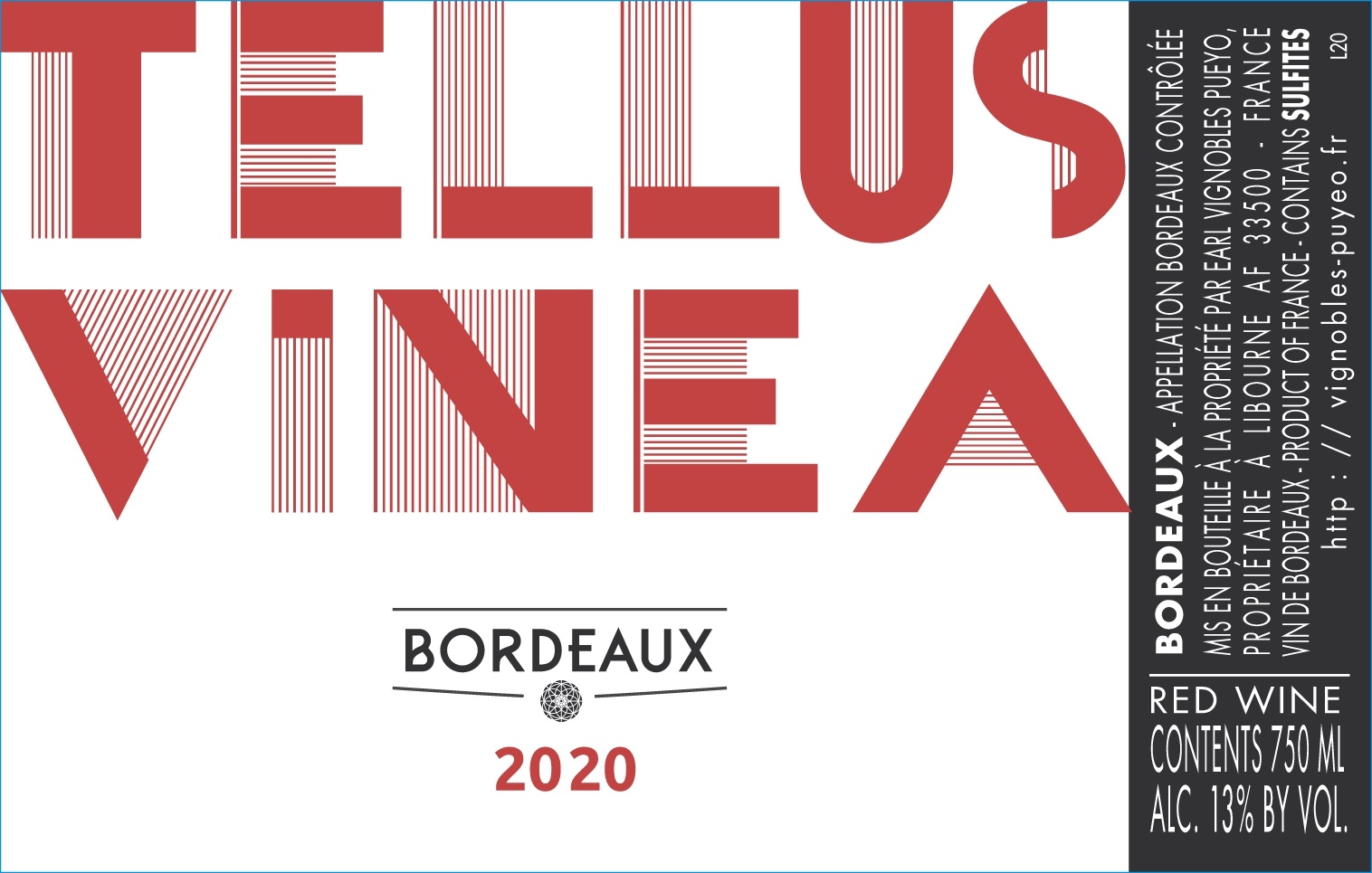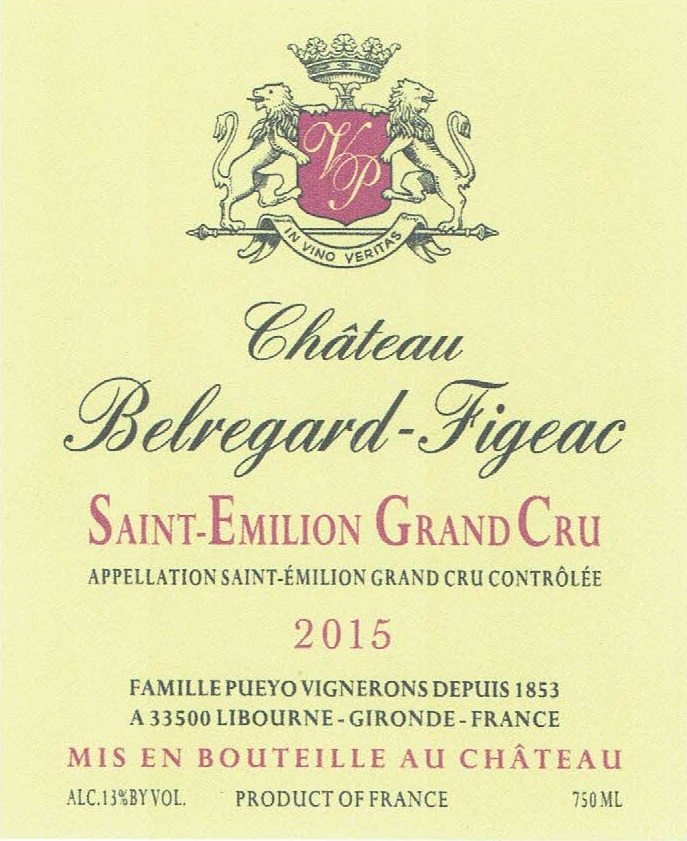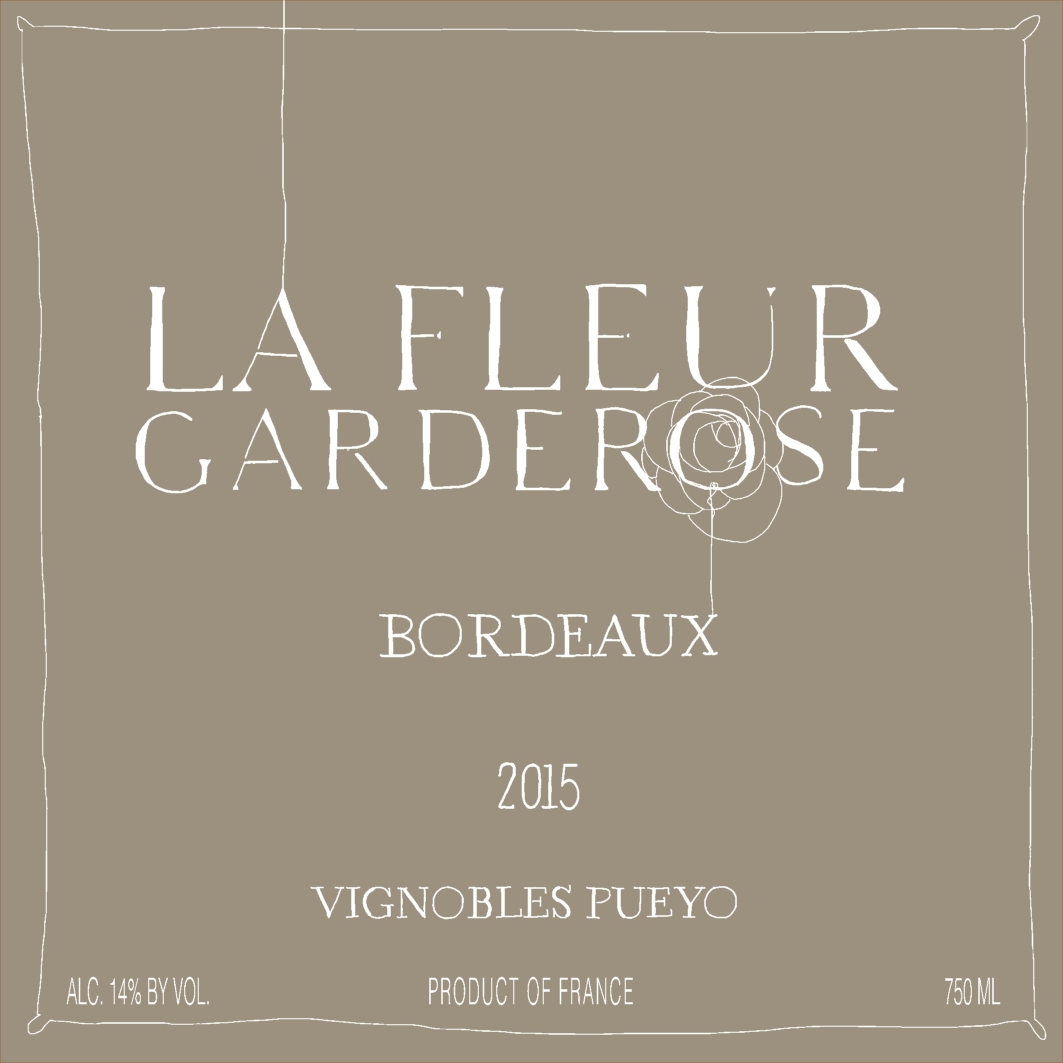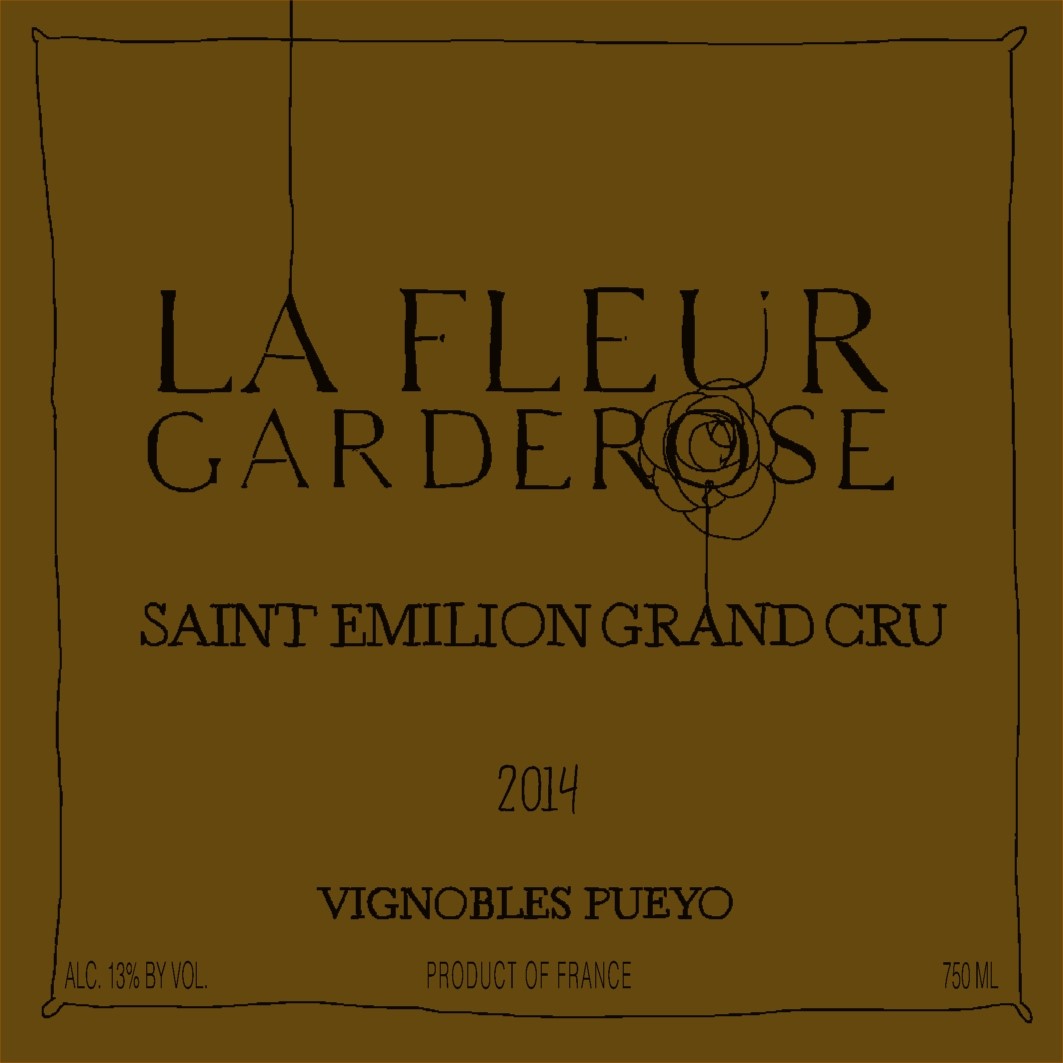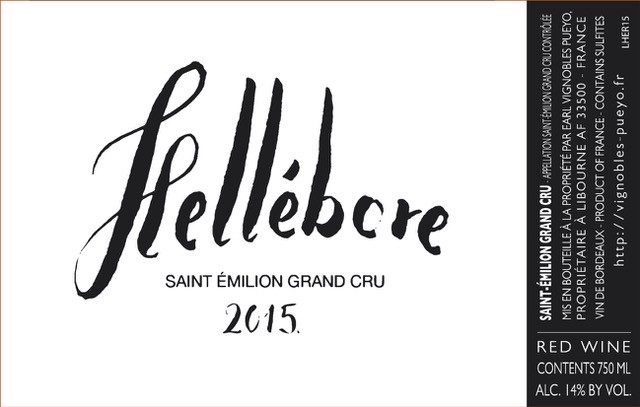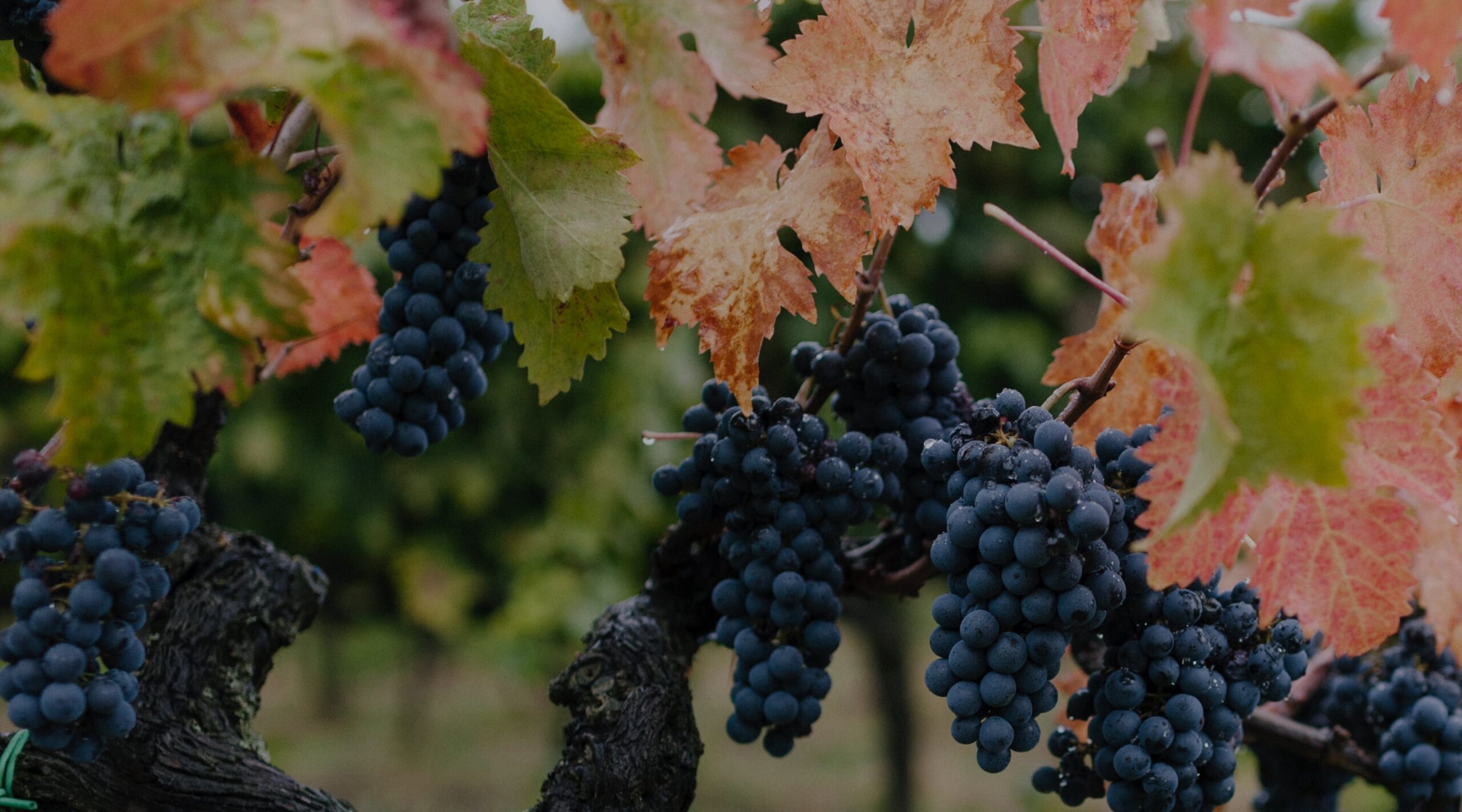
Vignobles Pueyo
Wines
Libourne, Saint-Émilion
“Galipette”, Pétillant Naturel
A delicious pétillant naturel made from equal parts Semillon and Muscadelle from a vineyard just outside Saint-Emilion, “Galipette” Following this most ancient method of producing sparkling wine, he puts the wine into bottle toward the end of its alcoholic fermentation with no additions whatsoever, allowing the natural yeasts to devour the remaining sugars and convert them into bubbles. Underneath the simple crown cap is an ebulliently bubbly, gently funky brew that tastes of lemongrass, Granny Smith apples, and white pepper—round but with great acidity, and with a deep connection to the underlying fruit that the best pet-nats convey viscerally. It’s a proudly unrefined and risk-embracing wine; after all, methode ancestrale is about harnessing the miraculous chaos of fermentation itself, rather than carefully governing a prompted yeast autolysis à la later methods. But it is remarkably delicious, and, given its lack of additive, very easy to digest as well. [As for the name, in French literally means “somersault,” but colloquially it refers to a different kind of tumble
La Fleur Garderose, Vin de France Blanc
Christophe’s La Fleur Garderose Blanc is pure Sauvignon Blanc that tastes vividly of its variety and its limestone origins, yet it is quite different from any white Bordeaux you may have encountered. After pressing, Christophe allows the must to brown completely, then regain its color—an old Burgundian technique that lets him refrain from sulfuring. The wine is both fermented and aged in used 600-liter barrels, and—rare for a Sauvignon Blanc this day and age—it goes through malolactic fermentation. Drinking this, and reveling in its luscious, crunchy texture, one wonders if some of the more typical “Sauvignon Blanc” signifiers that sometimes feel a bit much (intense gooseberry, over-the-top citrus notes) aren’t a result of producers forcibly preventing malo. The nose explodes (but not in that sometimes vulgar “Sauvignon Blanc” way) with quinine, lime pith, white peach, and wet rocks, and the palate is both caressing and linear—a back-and-forth of creamier elements and more rigorously acid/mineral-driven elements. There’s a real vibrant, resinous quality here that makes one think of healthy, juicy, concentrated fruit, and its sheer deliciousness is undeniable. It’s a captivating wine, mineral-driven yet extraordinarily texturally satisfying, and its ultra-low sulfur level (less than 30 milligrams per liter total) allows a certain purity of fruit to come to the fore; one gets the impression here of biting into a bunch of perfectly ripe Sauvignon Blanc grapes.
“Achillea”, Sauvignon Blanc, Vin de France Blanc
"Achillea" is pure Sauvignon Blanc from asterie limestone—a reference to the fossilized starfish ("asterisks") found throughout the soil here. Christophe harvests it fully ripe, conducts a natural fermentation in used 500-liter barrels, and allows the wine to develop for 18 months in those same barrels. Nothing is added except 20 mg/L of sulfur toward the end of the élevage, and malolactic fermentation is allowed to occur. This last point is especially relevant, as Achillea veers far from the mainstream grass-and-gooseberries of most Sauvignon Blanc, and into the realm of lusciousness and honeyed amplitude that puts the taster in the mind of great Chenin Blanc or Roussanne.
“Hellébore”, Sémillon, Vin de France Blanc
A rich, multi-layered combination of aromas and flavors accompanies this pure Sémillon, picked quite ripe and allowed to naturally ferment and macerate on its skins for 10 months—without any punch-downs or pump-overs or any interference whatsoever—in a single terracotta jar, to which it returns after pressing for an additional 8 months before being bottled without fining or filtering. The tannins are well-integrated and supple, buoying the succulent peach/apricot fruit and counterbalancing the wine’s honeyed qualities, and somehow, amidst all the unfamiliar-to-the-region surface qualities, a profound sense of terroir shines through: a well-structured, saline, maritime character that speaks of its Bordeaux terroir.
Bordeaux Rouge, “Tellus Vinea”
The grapes for this wine are harvested from vineyards that border the Lalande de Pomerol appellation. The grapes undergo a three-day cold maceration; the alcoholic fermentation then proceeds for eight to ten days. The wine is racked several times during its élevage in stainless steel and cement tanks before being bottled after an egg-white fining. The grape composition is predominantly Merlot with a touch of Cabernet Franc in the blend that provides additional structure to the wine. Approximately 8,000 bottles are exported under our care for the US market annually.
Château Belregard-Figeac, Saint-Émilion Grand Cru
The Pueyos follow traditional vinification techniques. 25% new barrels and 25% one-year-old barrels are used each year, to avoid overwhelming the fruit; the other half of the cuvée is aged in cement tanks. The composition of this most prestigious wine of the cellar is generally 60% Merlot, 35% Cabernet Franc and 5% Cabernet Sauvignon. This wine is marked by a richly spicy nose with hints of tobacco and coffee in the background; the flavors are dominated by red currant, cassis, and raspberry; the texture is silky and the wine is smooth and generous on the palate; the subtle tannins have grip but are graceful making this wine particularly welcoming over the near term.
La Fleur Garderose, Bordeaux Rouge
The Pueyo family works 3 hectares of vineyards outside of Saint-Émilion in Julliac to make this wine. The vineyards here are a blend of 60% Merlot and 40% Cabernet Franc. Élevage for the Bordeaux Rouge is done entirely in cement tanks and then bottled after one year. For a modest appellation wine, it is quite serious, with warm earthy fruit on the nose, but a great deal of fresh fruit on the palate. This Bordeaux rouge is much more structured than the family’s other Bordeauc Rouge, “Tellus Vinea”, showing a firm mineral backbone and much greater length on the palate. Fresh, honest, and complex, it may remind one of a serious Chinon.
La Fleur Garderose, Saint-Émilion Grand Cru
This grand cru is a selection of the most promising casks, typically from the oldest of their seven hectares of vines in the Graves section of Saint-Émilion near Libourne and the commune of Figeac, averaging 70% Merlot and 30% Cabernet Franc. Raised in demi-muids, foudres and terracotta amphorae, bottled after 18 months, unfined and unfiltered. Dense and savory, the fruit leans dark, with tightly wound blackberry and currant influences. Their is admirable purity and freshness, having little to no influence from the oak. In its youth, with its brisk acidity and firm tannins, it can benefit from a quick decanting or even better, a bit of time in bottle.
“Hellébore”, Saint-Émilion Grand Cru
This special and limited bottling is made from a select parcel of 100% Cabernet Franc from the Pueyo’s vineyards in Saint-Émilion. This cuvée shows impressive concentration and more structure than their traditional Saint-Émilion which, in contrast, is composed mostly of Merlot. Limited in production; only 25 cases are available for the United States annually.
